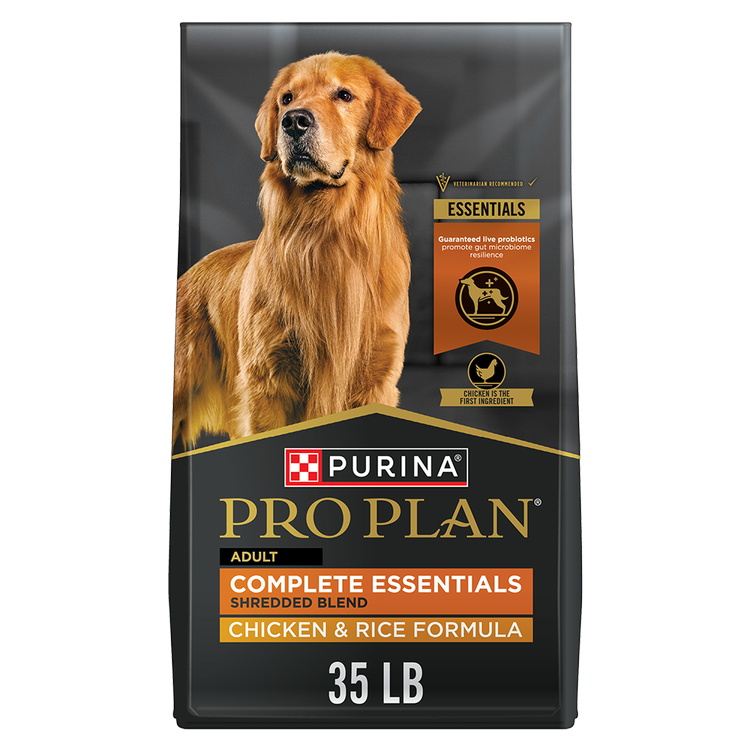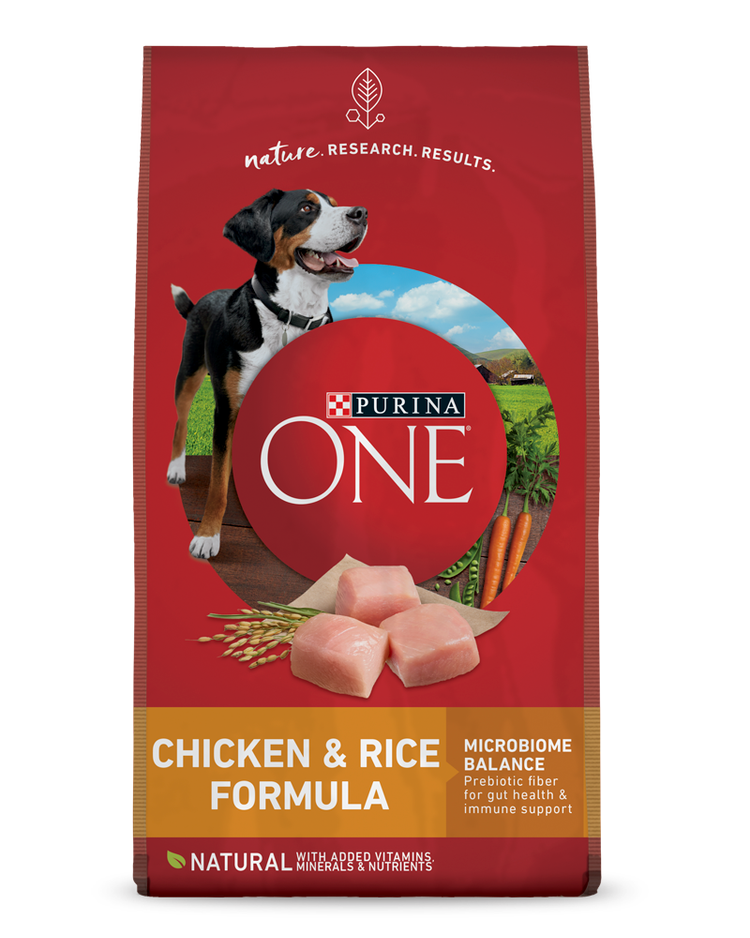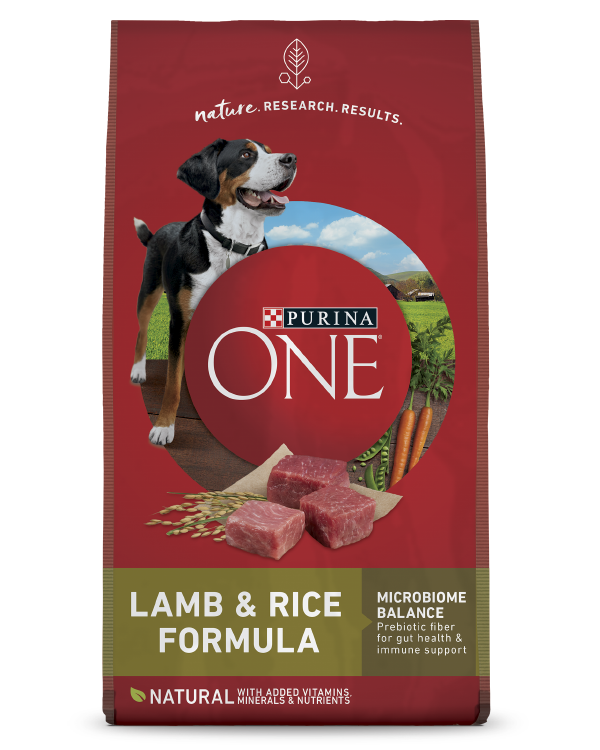Can Dogs Eat Bananas? A Guide to Safety


Yes, dogs can eat bananas. It’s tempting to share tasty fruit with your dog, especially when they’re staring at you longingly.
The good news is dogs can eat bananas in reasonable quantities as an occasional treat. Our experts explain how and when to treat your dog to this fruit without causing digestive upset.
Are Bananas Good for Dogs?
Yes, bananas are good for dogs in small quantities. Unlike other fruits, which may have toxic components, every part of a banana is safe for your dog to eat, for the most part.
That’s not to say there aren’t any risks involved, though. They also may not get all the nutritional benefits humans get from this fruit, but bananas make a good – and motivating – treat.
Peeled bananas are best for dogs, but if your dog enthusiastically gobbles one whole, don’t worry. Banana peels aren’t toxic to dogs the way orange peels are.
"Eating an unpeeled banana may cause your dog some dietary upset because they may not be accustomed to all the fiber the peel contains,” explains Purina nutritionist Karina Carbo-Johnson, MS. It’s always best to peel this fruit and cut it into appropriate serving sizes.
Despite the low risk (unlike grapes or cherries, which are bad for dogs), bananas aren’t as nutritious as you might think. Because the servings are small, the beneficial nutrients may not make a difference.
"Potassium is the main ingredient with which bananas are associated. Your dog should be consuming a completed and balanced dog food; therefore you would not need to rely on the banana to supply essential nutrients,” says Carbo-Johnson.
When Are Bananas Bad for Dogs?
Bananas have high sugar content, meaning they can be harmful to dogs if they eat too much of them. Like other fruits, bananas contain natural sugar. Too much of any type of sugar can cause weight gain, which can lead to other health issues.
To avoid these adverse effects, follow the 90/10 rule. Ninety percent of your dog’s daily calories should come from their dog food and the other ten percent from treats.
Some people think bananas will improve the symptoms of digestive upset like diarrhea, but that’s not always the case. Instead of feeding your dog more bananas, watch his food intake and reduce the amount to see what he tolerates. If diarrhea and other symptoms don’t resolve within 24 hours, call your veterinarian.
How to Serve Bananas for Dogs
As mentioned earlier, ask your veterinarian before feeding your dog or puppy any new foods. They can tell you the best serving size based on his age, size and more. To serve your dog a banana, peel it and cut it into an appropriate size and share the treat with them.
If your dog doesn’t seem to like fresh bananas, try them frozen. “By freezing bananas – or another fruit or vegetable – you're creating a different texture and temperature experience for your dog. This new texture and temperature may entice your dog to consume the treat,” Carbo-Johnson explains.
If you have a puppy and you’re tempted to let them try some banana, check with your veterinarian. Puppies need a specific diet for their growth and development. Added calories from bananas and other fruits could interfere.
When you follow these recommendations, you can confidently provide your dog with special treats like bananas. If you have more questions about what fruits you can feed your dog, find out what our experts recommend on our Pet Expertise page.
Related articles

Find Your Pet’s Perfect Food
Use our Pet Food Finder to get a custom recommendation from Purina Nutritionists.






